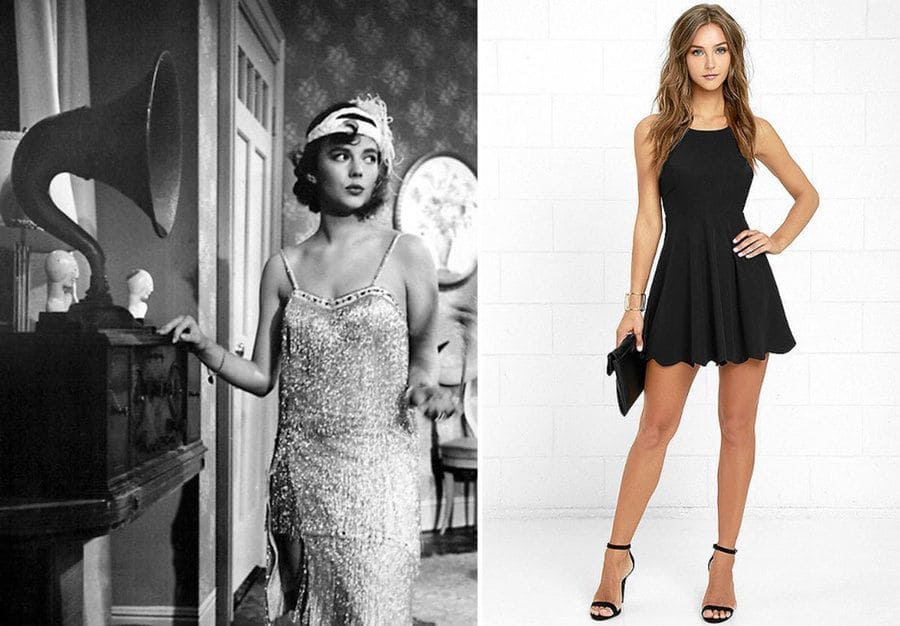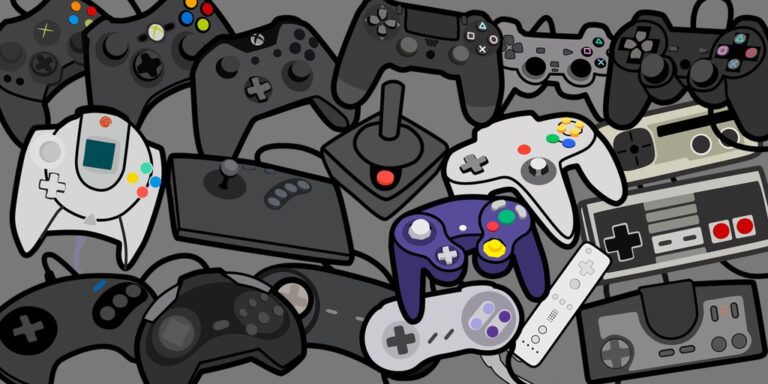
The Evolution of Fashion: From Trends to Timeless Style
Fashion is an ever-changing landscape that shapes our personal identities and reflects the cultural zeitgeist. It transcends mere clothing and becomes a medium for self-expression, creativity, and individuality. Over the years, fashion has witnessed numerous trends, styles, and innovations that have left an indelible mark on society. This article explores the evolution of fashion, from fleeting trends to enduring style, highlighting the transformative power of this dynamic industry.
The Rise and Fall of Fashion Trends
Fashion trends emerge as a collective response to societal influences, such as art, music, politics, and technology. They capture the spirit of a particular era, defining the way people dress and present themselves. However, trends have a fleeting nature, often lasting only for a season before making way for the next big thing. This constant cycle of change keeps the fashion industry vibrant and ever-evolving.
From miniskirts in the 1960s to shoulder pads in the 1980s and ripped jeans in the 1990s, fashion trends have a way of captivating our attention and reflecting the spirit of the times. Yet, while some trends become iconic symbols of an era, others fade into obscurity as quickly as they emerged. What remains constant is the cyclical nature of fashion, with trends often resurfacing in new forms years later.
The Influence of Iconic Designers
Throughout history, visionary designers have played a pivotal role in shaping the fashion landscape. Iconic names such as Coco Chanel, Christian Dior, and Yves Saint Laurent have revolutionized the way we perceive and wear clothing. These designers challenged conventions, introduced new silhouettes, and created iconic pieces that have stood the test of time.
Coco Chanel, for instance, redefined women’s fashion by liberating them from the constraints of corsets and introducing the concept of casual elegance. Her timeless designs, including the little black dress and the iconic Chanel suit, continue to inspire fashion enthusiasts today. Similarly, Christian Dior’s New Look in the 1950s brought back femininity and luxury after the austerity of World War II, leaving an indelible mark on fashion history.
The Rise of Sustainable and Ethical Fashion
In recent years, fashion has witnessed a significant shift towards sustainability and ethical practices. As consumers become more conscious of the environmental and social impact of the industry, designers and brands are reevaluating their production methods and embracing sustainability.
From upcycling and recycling to using eco-friendly materials and supporting fair trade, the fashion industry is striving to minimize its carbon footprint. This movement not only addresses the negative consequences of fast fashion but also promotes the creation of timeless and durable pieces that can be cherished for years.
The Importance of Personal Style
While trends and iconic designers shape the fashion landscape, personal style remains the ultimate expression of individuality. Fashion is a tool for self-discovery, allowing individuals to showcase their unique personalities and perspectives through their clothing choices.
The key to developing personal style lies in understanding oneself, experimenting with different looks, and embracing one’s own preferences. By curating a wardrobe that reflects their individuality, people can create a timeless style that transcends fleeting trends and makes a lasting impression.
Conclusion
Fashion is a dynamic and ever-evolving industry that continuously adapts to societal changes. From trends that come and go to the influence of iconic designers, fashion reflects the spirit of the times and shapes our personal identities. However, amidst the fast-paced nature of the industry, the importance of personal style and sustainability should not be overlooked. By embracing timeless pieces, supporting ethical practices, and expressing our individuality, we can navigate the ever-changing fashion landscape while leaving a positive impact on the world.


